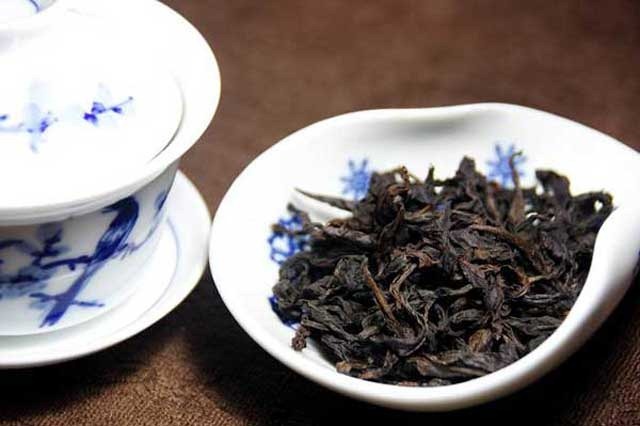ESGREEN BLOG | Chinese Tea Information
-
How to Steep Oolong Tea
Generally, 2.25 grams of tea per 170 ml of water, or about two teaspoons of oolong tea per cup, should be used. Oolong teas should be prepared with 90 to 95 °C water (not boiling) and steeped 10-30 seconds for the first infusions. High quality oolong can be brewed several times from the same... -
Traditional Oolong Tea Ceremony
The Classic of Tea (Chinese: 茶經 or 茶经; pinyin: Chá jīng), a Chinese book written in the 8th century by Lu Yu (Chinese: traditional 陸羽, simplified 陆羽; pinyin: Lù Yǔ; 733–804), contains the first known treatise on the subject of the gongfu style tea ceremony. This style of tea consumption has remained consistently popular since the Qing dynasty, and remains one of the primary ceremonial methods of tea consumption in china.
-
Oolong Tea Processing
For hundreds of years, this process was kept secret by tea makers in China, and even getting a glimpse into the intricate inner workings was virtually impossible for outsiders.
Therefor the art of making oolong tea is little known outside China.

Hard Work Behind a Cup of Oolong Tea
Nowadays, even though most of the steps are public knowledge, aspiring imitators still find it hard to master the all of the skills needed to make truly great oolong tea.
Oolong tea can be machine or handmade. Premium grade oolong teas, such as the high grade Wuyi Rock tea and Anxi Tieguanyin, are always handmade.
Generally speaking, there are 7 major steps in processing Wu Yi oolong tea.
-
Oolong Tea Classification
Different locations and diverse tea tree types produce different qualities having unique tastes. Oolong is generally classified as: According to the shape: Bar, hemisphere and granular oolong. According to the location: Fujian Oolong(North Fujian Oolong, South Fujian Oolong), Guangdong Oolong and Taiwan Oolong. [column] [twocol_one] North Fujian Oolong 闽北乌龙 North... -
About Oolong Tea
Oolong Tea Tie Guan Yin Oolong (simplified Chinese: 乌龙; traditional Chinese: 烏龍; pinyin: wūlóng) is a traditional Chinese tea (Camellia sinensis) produced through a unique process including withering under the strong sun and oxidation before curling and twisting. The name oolong tea comes into the English language from the Chinese... -
Investment in Pu-erh
Pu-erh tea can generally improve in taste over time (due to natural secondary oxidation and fermentation). Teas that can be aged finely are typically: Made from high quality material Processed skillfully Stored properly over the years The common misconception is that all types of pu-erh tea will improve in taste—and...



